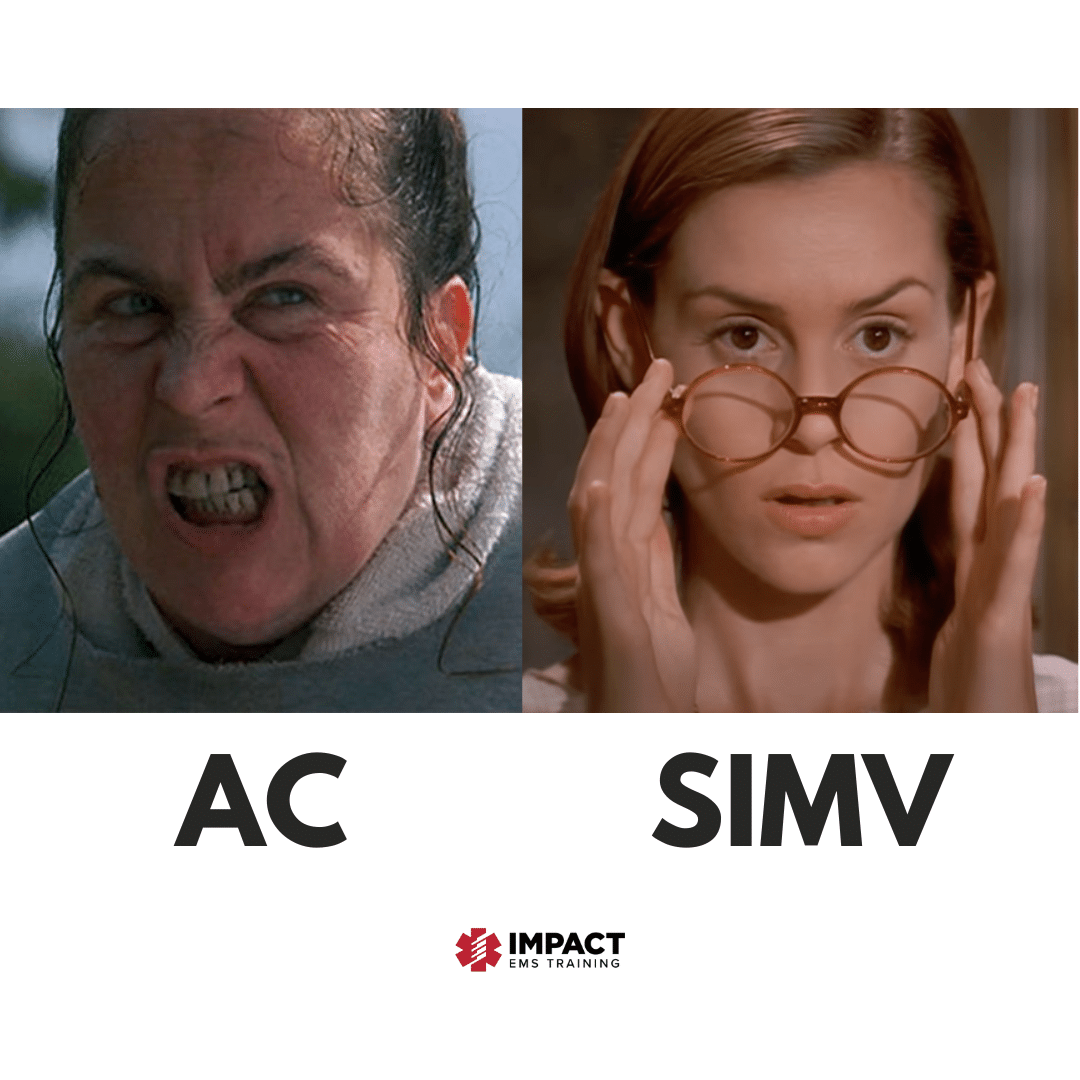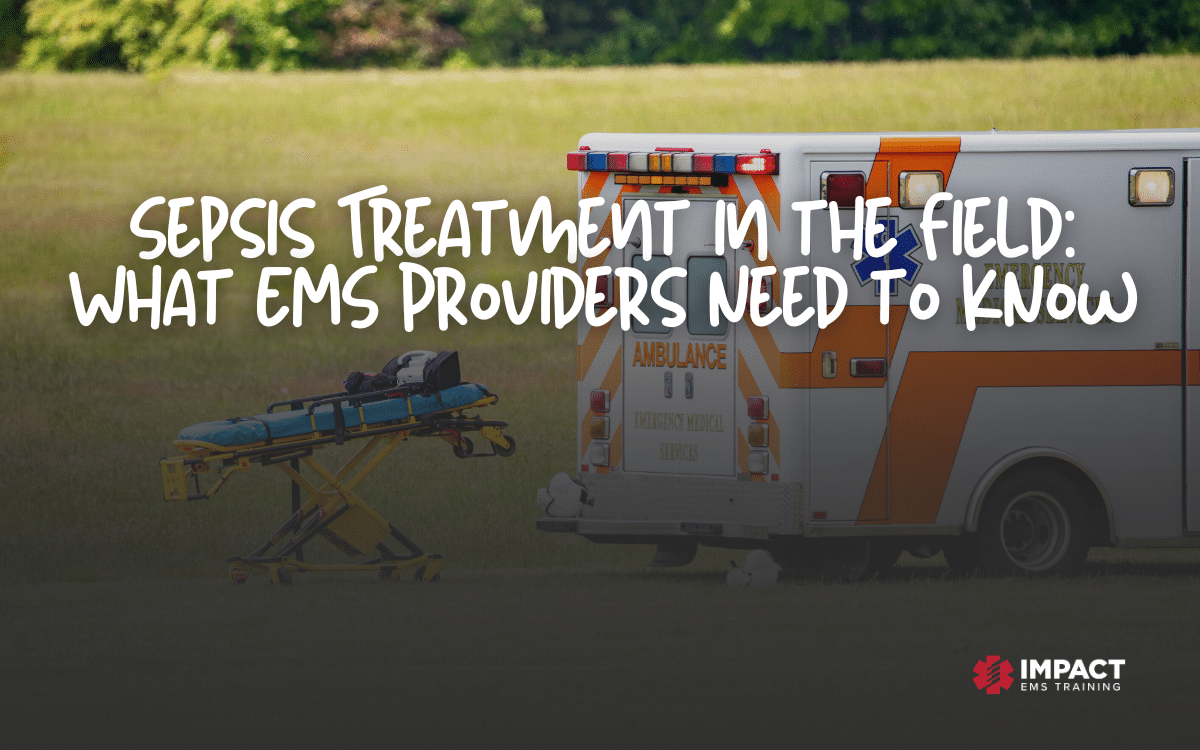Once upon a time (reader, it was yesterday), I had a funny idea for comparing ventilator modes using Miss Trunchbull as assist control and Miss Honey as SIMV. My personal preference is SIMV, but I wanted to understand why SOME OF YOU WEIRDOS default to AC. So, like the astute researcher I am, I turned to the world’s most expansive knowledge base: Facebook.
Y’ALL DID NOT DISAPPOINT.
Of coooooourse we use the mode that is best suited for our patients’ needs but a large portion of our patients can safely handle either mode and don’t require one over the other, and thus, we as clinicians and creatures of habit tend to have a favorite go-to mode.

Let’s do a quick overview of ventilator modes. The two we are going to discuss here are: assist control (AC) and synchronized intermittent mandatory ventilation (SIMV). There are other proprietary modes specific to brands of ventilators, but ain’t nobody paying me to represent their brand (mmmkay, but I’m open to representing if anyone is offering ??).
Assist Control (AC)
Assist control mandates that each breath is the full volume or pressure that is set by the user, regardless of whether it is triggered by the patient or the ventilator.
If the user sets the ventilator at 16 breaths per minute with a tidal volume of 450mL, the patient will receive 450mL in each and every breath, even if the patient is breathing 35 times a minute. If the patient is apneic or paralyzed, the rate will be exclusively ventilator driven and the patient will receive 7,200mL in minute ventilation (16 breaths per minute x 450mL per breath).
HOWEVER, if the patient has respiratory effort and initiates a breath more frequently than the set 16 breaths (every 3.75 seconds), the patient will be forced to accept a full tidal volume. Kinda like Miss Trunchbull forcing the fat kid to eat the entire chocolate cake when he tried to sneak a piece.
AC is like “YOU WANT A BREATH?! I’LL GIVE YOU A BREATH ALRIGHT! YOU’LL SIT HERE AT THE FRONT OF THE GYM AND TAKE THIS WHOLE TIDAL VOLUME IN FRONT OF GOD AND EVERYBODY!”
Synchronized Intermittent Mandatory Ventilation (SIMV)
SIMV delivers the full volume or pressure set by the user at a minimum rate, and all other breaths are delivered with an augmented pressure to support the breath. If the user sets the breath rate at 16, but the patient initiates a breath sooner than the 3.75-second breath cycle (60 seconds ➗ 16 breaths per minute) then the ventilator will offer pressure support.
Kinda like Miss Honey saying, “You’ve got this, my little love! Take whatever size breath you need and here is 10cmH20 to help you pull whatever volume or pressure you’d like!” The patient in this scenario will receive 16 breaths per minute at the set volume or pressure, but the extra breaths beyond the 16 per minute will be at whatever volume or pressure the patient’s effort achieves.
When the patient has no respiratory effort or if they are paralyzed, the ventilator functions identically in AC and SIMV.
The variance comes into play once we factor in patient-initiated breaths. For easy math, let’s say we set the rate at 12 breaths per minute. Another way to look at it is one breath every 5 seconds. In AC, if the patient starts a breath earlier than 5 seconds, the ventilator will hook them up with the entire prescribed volume or pressure.
In SIMV, the ventilator will cheer them on with a set pressure support to make the breath easier for the patient to draw in without forcing a full volume in.
Gwenny, why does it matter?
I’M SO GLAD YOU ASKED! Let’s look at the pros and cons of each mode.
If we are forcing a full volume or pressure too frequently, we greatly increase the patient’s minute ventilation (if you don’t understand minute ventilation, check out this blog.
When placing any patient on the ventilator, we should target a specific minute ventilation based on the patient’s height and pH. If the patient’s frequency (the rate at which they are actually breathing) is significantly higher than the respiratory rate (rate the user sets on the ventilator), the minute ventilation will be much larger than we planned for, meaning the patient will blow off more carbon dioxide than we calculated and lean the patient toward alkalosis.
This can also be a problem in the transport environment if the ventilator falsely senses a patient-initiated breath caused by excessive movement of the ventilator circuit. The patient is not asking for more air, but the ventilator erroneously thinks the patient is pulling a breath. We can reduce the incidence of this by adjusting the sensitivity, but sometimes we cannot fully adjust for the cavernous potholes that riddle midwest roads.
Some folks have argued against the use of AC because it causes dangerous pressures and breath stacking (build-up of un-exhaled volume). It is important to understand that the ventilator only provides a breath once there has been no breath for the duration of the breath cycle. If the rate is 12, the breath cycle is 5 seconds.
The ventilator DOES NOT say: “Okay, I’m going to deliver a breath at seconds 0, 5, 10, 15, etc…” Instead, it says “I will initiate a breath at second 5 if the patient did not trigger one during seconds 1-4.” If the patient initiates a breath, it resets that timer, and the ventilator will not deliver another breath until 5 seconds have elapsed since the previous breath.
Conversely, sometimes patients need more minute ventilation than we are able to recognize but they do not have the strength to pull a full breath even with pressure support. In this case, using assist control gives the patient the full volume without charging the patient effort.
To wrap things up, we can mitigate the cons of either mode by properly assessing the patient so we are fully aware of their ventilatory needs and maintaining appropriate pain control and sedation. Many cases of ventilator dyssynchrony can be resolved with a smooch of ketamine or fentanyl, and we can fine-tune our ventilator settings by reassessing the patient’s metabolic needs for increased CO2 clearance.
Managing the ventilator is the Achilles heel for many critical care providers. It’s a difficult concept that requires ongoing learning and practice. Lucky for us, ImpactEMS has a really good book coming soon. Shhh!
I feel very fortunate to have been able to pre-read this book and I think you all are going to love it as much as I did. Keep an eye out for it!





